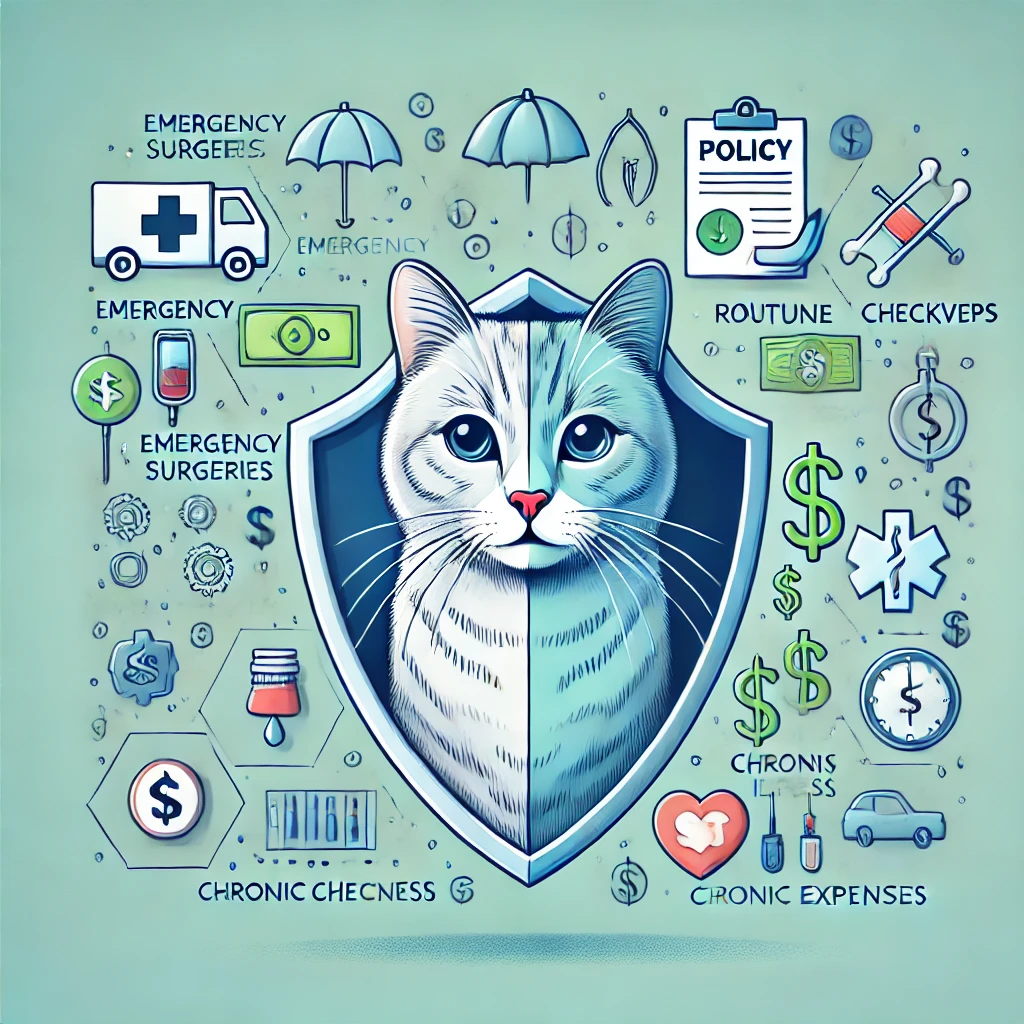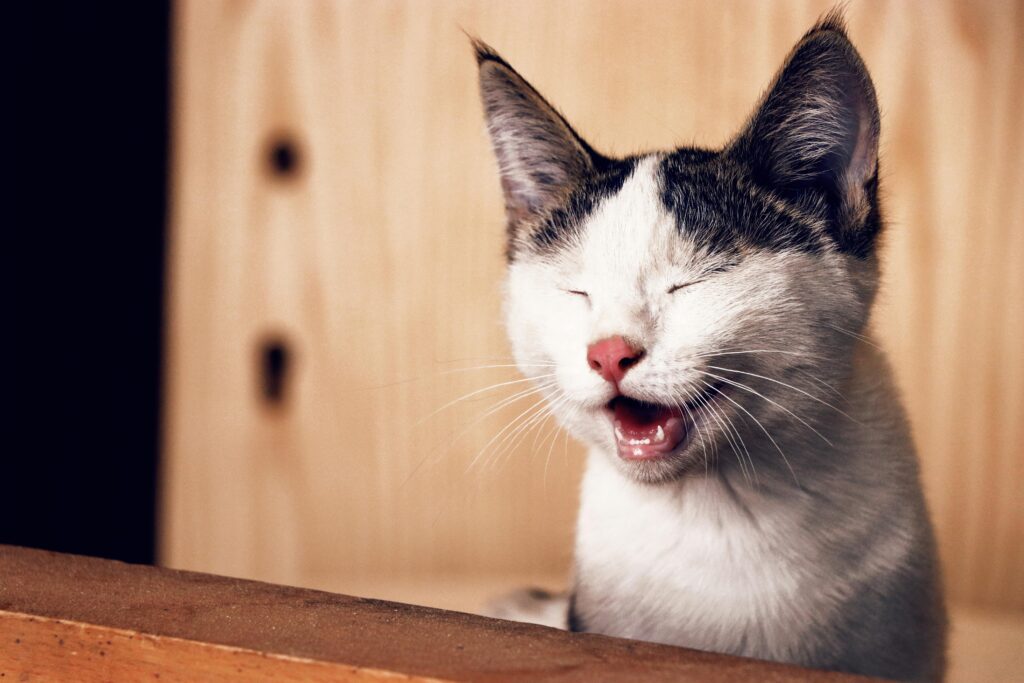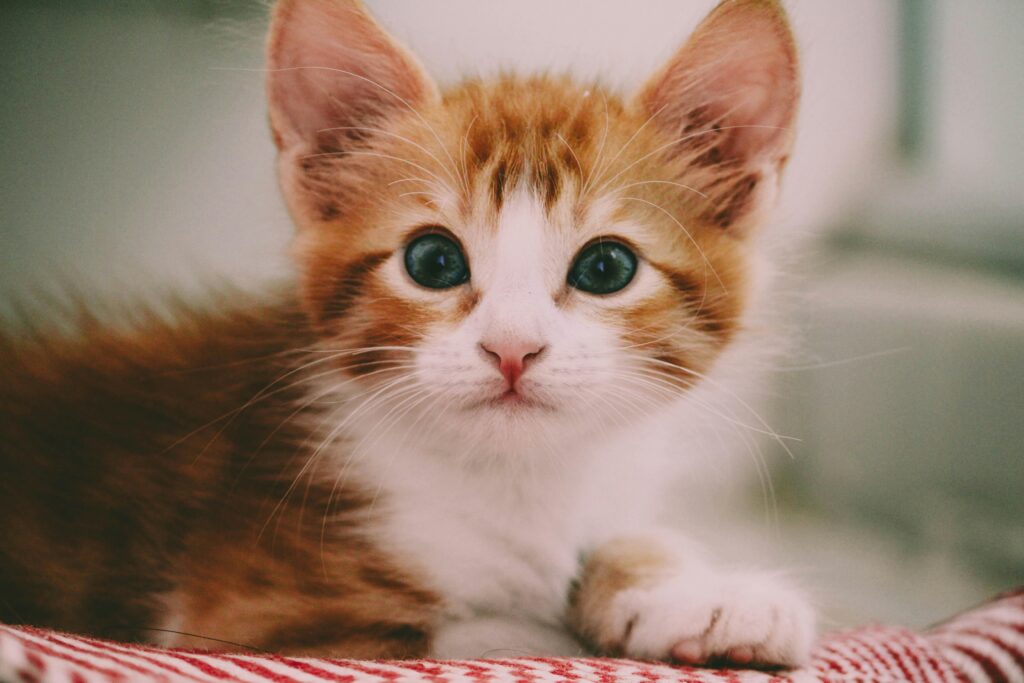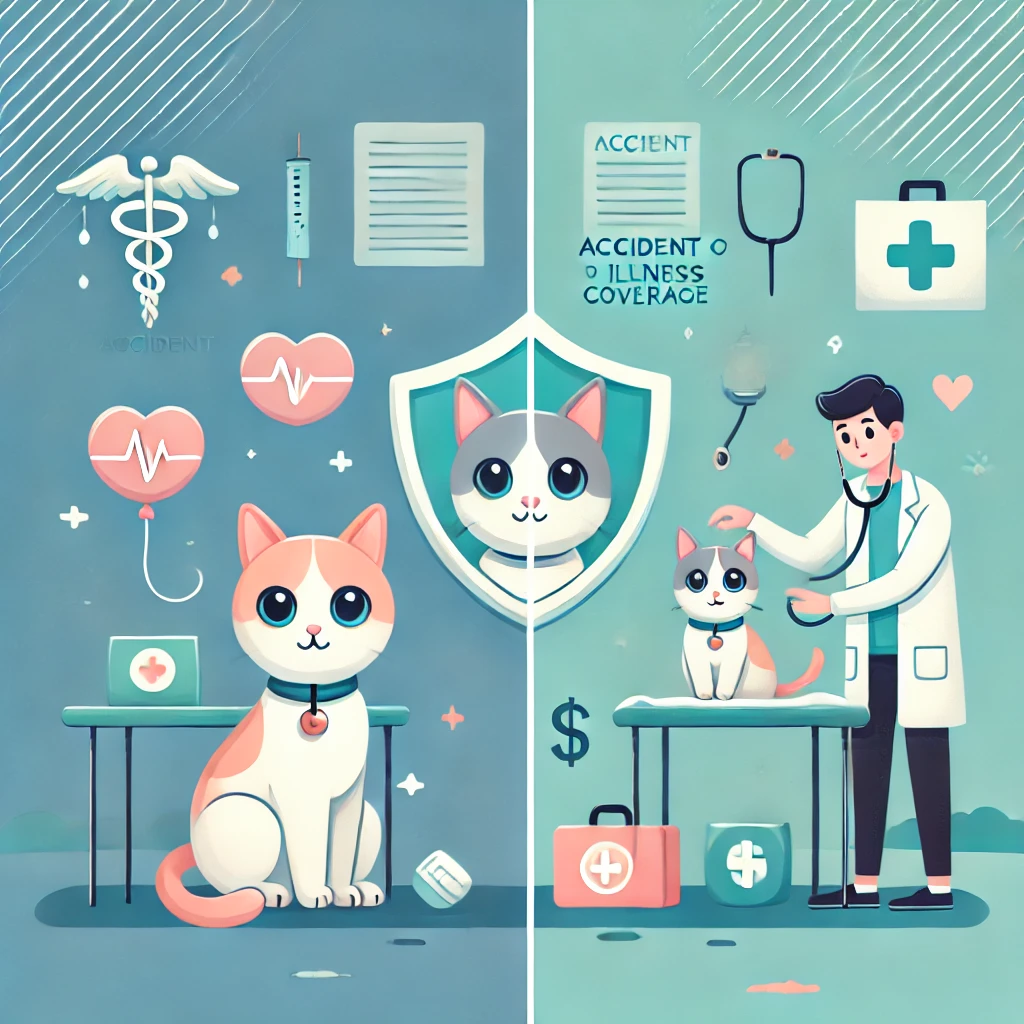Is Cat Insurance Worth It? A Detailed Exploration

As more people view their pets as family members, the idea of pet insurance, including cat insurance, has grown in popularity. But the question remains: Is cat insurance truly worth the cost? In this article, we’ll explore various factors to help cat owners decide if investing in cat insurance makes sense for their specific situation. We’ll look at the benefits, drawbacks, types of policies, and real-life examples to help you make an informed decision.
The Rising Cost of Veterinary Care
One of the main reasons cat owners consider insurance is the rising cost of veterinary care. While routine visits might seem affordable, unexpected emergencies or serious health conditions can lead to significant expenses. For instance, a simple diagnostic test like an X-ray could cost $200-$500, while emergency surgery for something like a broken bone or foreign object removal can easily surpass $2,000. For more serious illnesses, such as cancer, treatment costs can reach tens of thousands of dollars over time. Without insurance, these bills can become overwhelming for pet owners, forcing them to make difficult choices about their cat’s care.

Example: A cat named Lucy swallows a piece of string and develops an intestinal blockage. Emergency surgery to remove it costs $3,000. Without insurance, Lucy’s owner must pay the full amount. With insurance, 80% of this cost could be covered, reducing the out-of-pocket expense to just $600.
Types of Cat Insurance Policies
There are different types of cat insurance policies, each with its own level of coverage:
- Accident-only: This type of policy covers injuries resulting from accidents, such as broken bones, burns, or cuts.
- Accident and illness: This more comprehensive coverage includes both accidents and common illnesses like infections, cancer, or diabetes.
- Comprehensive: These plans may also cover routine care, such as vaccinations, flea treatments, and dental cleanings, in addition to accidents and illnesses.
Each policy comes with its own pros and cons, and the right one for you will depend on your cat’s health, lifestyle, and risk factors. For instance, indoor cats may have lower risk of accidents but still need illness coverage, while outdoor cats might benefit more from accident coverage due to their increased exposure to danger.
Example: If a cat owner chooses an accident-only plan and their cat develops kidney disease, none of the treatment costs will be covered because it’s classified as an illness. A more comprehensive plan would have covered a portion of the costs.

Understanding Exclusions and Waiting Periods
While cat insurance can provide much-needed financial protection, it’s important to understand that no policy covers everything. Pre-existing conditions, for example, are typically excluded from coverage. This means that if your cat was diagnosed with arthritis or asthma before you bought the policy, treatments related to those conditions won’t be covered.
Another important aspect is the waiting period—the time between when you purchase the insurance and when coverage begins. Waiting periods can vary but are often around 14 days for illnesses. Accidents are usually covered immediately or after a short 48-hour waiting period.

Example: A cat named Max is diagnosed with hyperthyroidism a week after his owner buys a policy. Because the waiting period is 14 days, the insurance company doesn’t cover the treatment, leaving the owner responsible for the full cost.
How Age and Breed Affect Coverage
The age and breed of your cat can significantly influence your policy’s cost and coverage. Older cats are more likely to develop chronic health issues, so premiums for them are generally higher than for younger cats. Similarly, certain breeds are predisposed to genetic conditions that could impact their insurance costs. For instance, purebred cats like Persians or Maine Coons may be prone to specific health issues like heart disease or hip dysplasia, which can drive up the cost of coverage.
Example: A 12-year-old Persian cat named Bella is more likely to face high premiums because of her age and breed, both of which put her at a higher risk for medical issues. For owners of younger, mixed-breed cats, premiums may be much lower.

Cost of Cat Insurance vs. Out-of-Pocket Expenses
Many cat owners wonder whether paying monthly premiums for cat insurance is worth it compared to simply covering expenses out of pocket as they arise. On average, cat insurance premiums range from $10 to $50 per month, depending on the policy and level of coverage. Over a cat’s lifetime, this could add up to several thousand dollars. However, a single major medical event, like surgery or cancer treatment, can cost much more than that, making insurance worth it for many.
The key is to consider whether you can afford unexpected, large vet bills without insurance. If not, the cost of monthly premiums may be a wise investment in the long run.

Example: Over 10 years, a cat owner might pay $4,800 in insurance premiums for a mid-range plan. If their cat develops a serious illness that requires $15,000 in treatments, insurance would cover the majority of the costs, making the premiums well worth it.
Claims Process and Customer Service
Another factor to consider when choosing cat insurance is the claims process and the insurance company’s reputation for customer service. Some companies have quick and easy claims processing, while others may take longer or require extensive documentation. It’s important to choose a company that is transparent about the claims process and has good reviews from other pet owners.
Example: A cat owner who uses a company with a simple online claims process gets reimbursed quickly for an emergency surgery. In contrast, another owner might struggle with a company that takes weeks to process claims, causing frustration during an already stressful time.

The Benefits of Preventative Care Coverage
Some comprehensive insurance plans offer coverage for preventative care, such as annual checkups, vaccinations, flea treatments, and dental care. This can help pet owners save on routine expenses while keeping their cat healthy. However, not all plans include preventative care, so it’s important to read the fine print.

Example: A wellness add-on might cost an extra $10 per month but could cover the full cost of a $150 annual check-up, along with vaccinations and flea treatments, ultimately saving the owner money over time.
Is Cat Insurance Worth It? Final Thoughts
In the end, the decision to invest in cat insurance depends on your financial situation, your cat’s health, and your comfort with risk. If you’re the type of pet owner who wants peace of mind and the ability to provide the best possible care without worrying about the cost, cat insurance may be a wise choice. On the other hand, if you have substantial savings and prefer to handle vet bills as they come, insurance may not be as necessary.
The important thing is to assess your cat’s specific needs, compare policies, and make an informed decision that aligns with your lifestyle and budget.
Example: An owner with an indoor, healthy cat might decide to skip insurance, feeling confident in covering any minor health issues. Meanwhile, another owner with an adventurous outdoor cat prone to accidents may find insurance invaluable, especially after an unexpected trip to the emergency vet.


